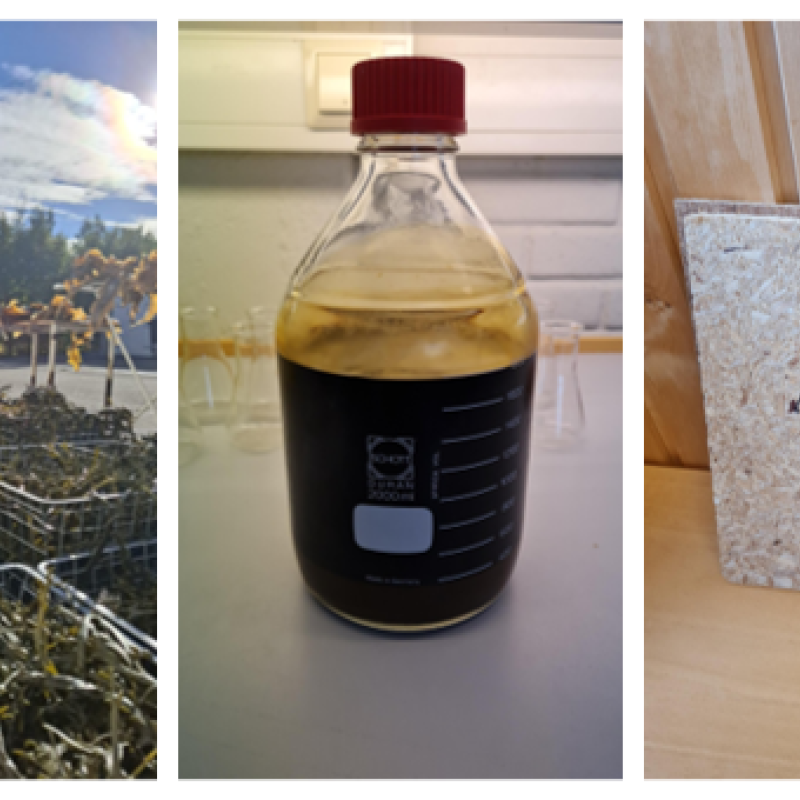Stephen Amiandamhen
Forsker
(+47) 413 63 419
stephen.amiandamhen@nibio.no
Sted
Ås - Bygg H8
Besøksadresse
Høgskoleveien 8, 1433 Ås
Sammendrag
Det er ikke registrert sammendrag
Til dokument
Forfattere
Stephen Amiandamhen Synne Strømmen Ingeborg Olsdatter Ohren Nordraak Andreas Treu Erik LarnøySammendrag
Det er ikke registrert sammendrag
Sammendrag
Det er ikke registrert sammendrag

